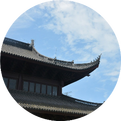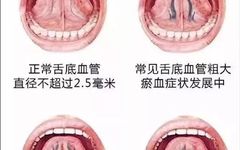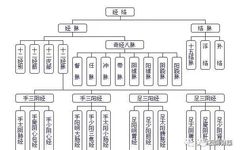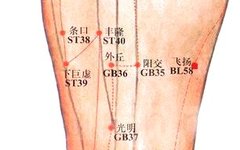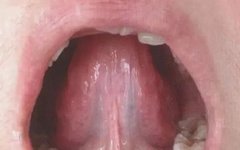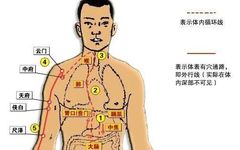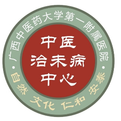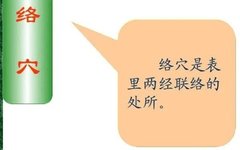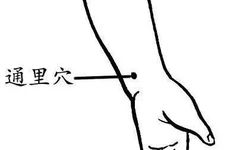Sublingual Collaterals in Traditional Chinese Medicine
▲Click the blue “Nan Ke Yi Meng” above to followDaily progress in TCM brings joyLingxi Note:In TCM tongue diagnosis, the observation of the sublingual collaterals (their thickness, length, color, arrangement, distortion, nodules, etc.) reflects the state of Qi and blood in the body (normal, deficiency, blood stasis).In TCM, examining the tongue and pulse is essential; … Read more

